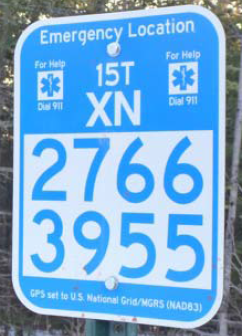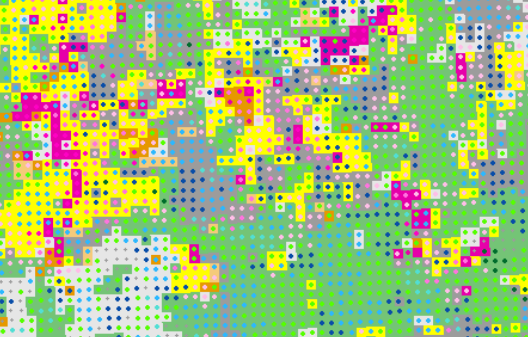US National Grid Spatial Data Model

The US National Grid as a Consistent and Reliable "Language of Location"

The US National Grid can identify any place on earth using simple alphanumeric characters. The USNG is considered to be the most reliable system for Search and Rescue missions, which explains why you see trail markers similar to the one here along trails and in national parks. The USNG is also mandated for use in multiple states during disasters as street address references could be destroyed.
In Florida, the Fire Marshall and the Division of Emergency Management have adopted this system for emergency response
and for data transference with FEMA.
The USNG Spatial Data Model
The USNG locational system can easily be converted to a GIS data model simply by adding GIS data!
For more information on the USNG Spatial Data Model, visit usng-gis.org for examples and downloadable data.

There are many benefits to using the USNG as a GIS database:
-
Standardized.
The USNG is a national standard growing in acceptance and popularity.
-
Visualizations.
By preserving data density, important features become more prominent. Suitable for bivariate visualizations using color or symbology.
-
Scalable.
Each area of the Earth can be referenced by multiple grid cells ranging in size from 1m to 100,000m in multiples of 10.
-
Analysis and Modeling.
Statistical operations and analysis are improved using consistent, uniform geographic areas.
-
Archival.
Geographic areas do not change over time, unlike census blocks, zip codes, and other arbitrary boundaries..
-
Data Transfer.
The unique grid identifier makes it easy to transfer spatial data (even without using GIS).
-
Data Privacy and Generalization.
Protect sensitive data by aggregation to grid cell.
Find out more at usng-gis.org.


